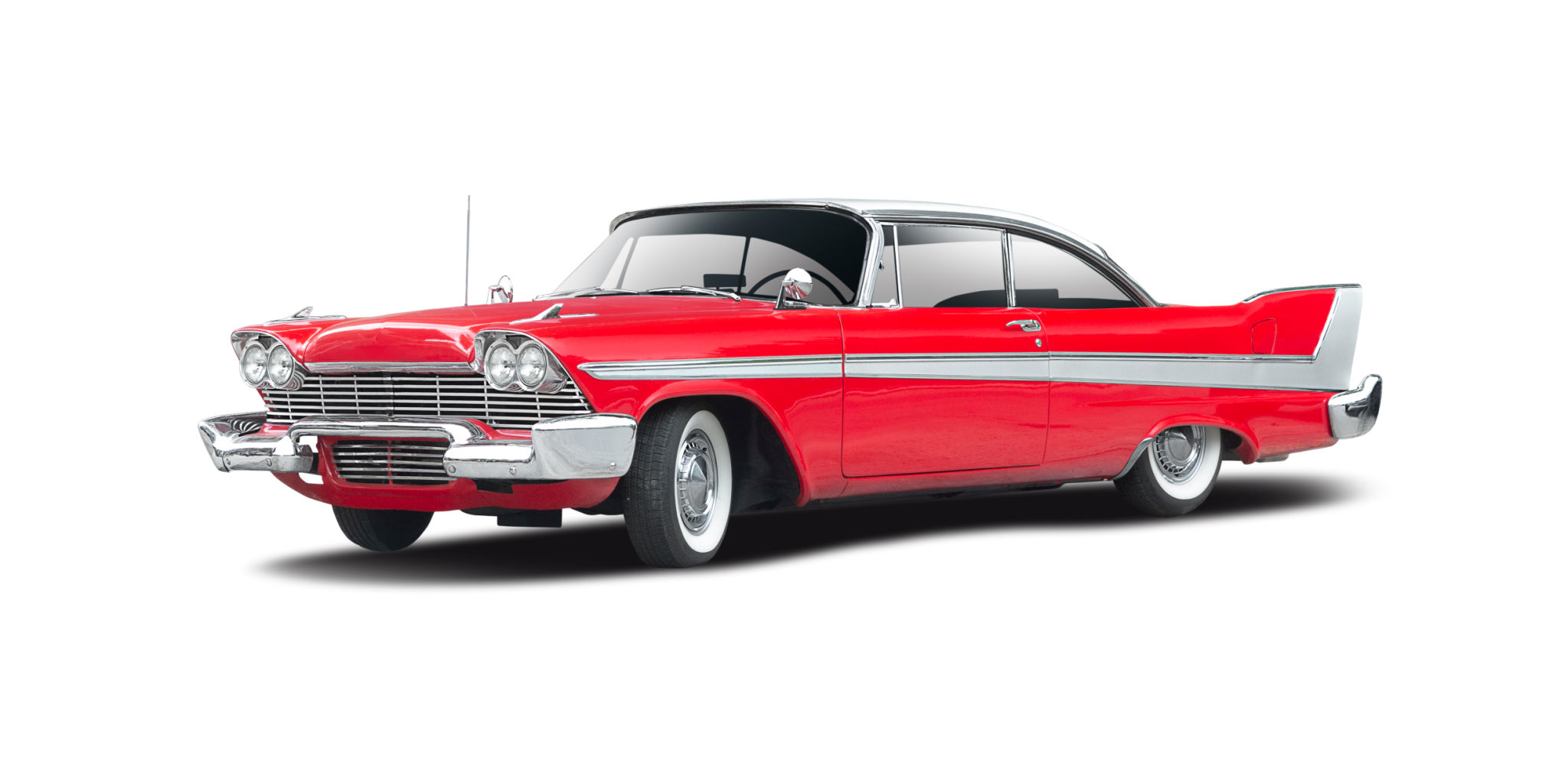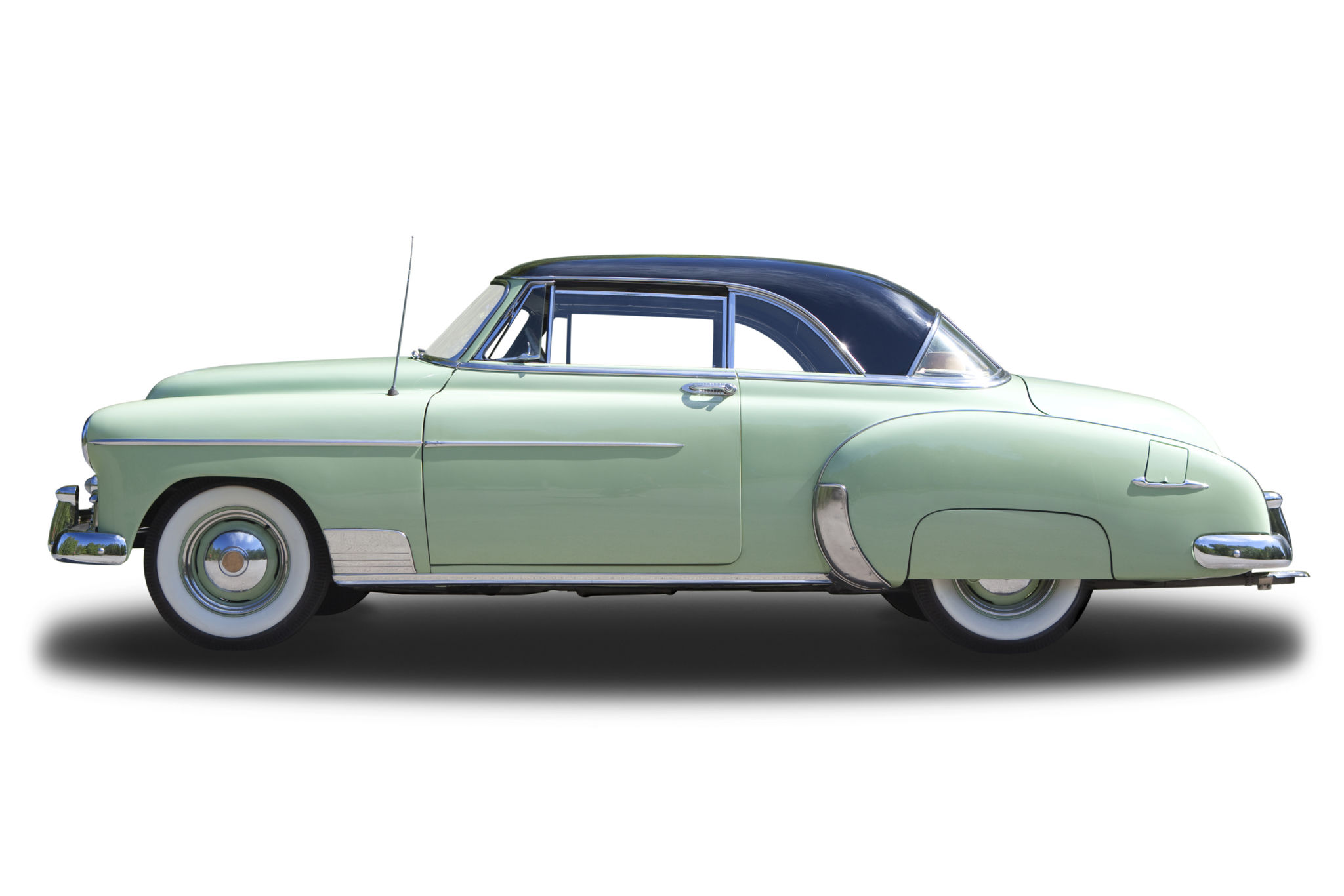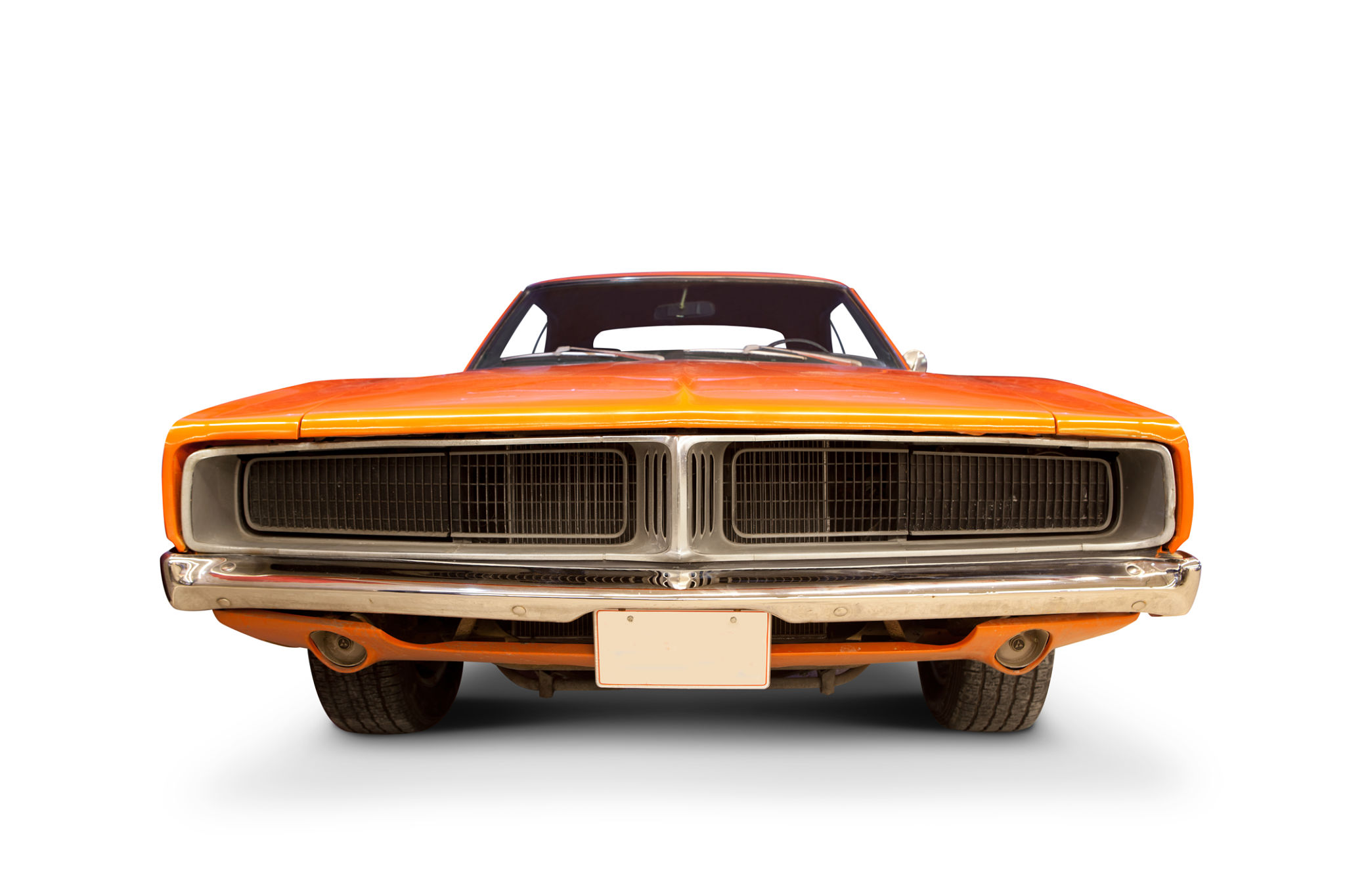The History Behind Our Most Popular Classic Cars
CC
The Allure of Classic Cars
Classic cars hold a special place in the hearts of enthusiasts. Their timeless designs and mechanical ingenuity represent eras gone by, encapsulating the spirit of innovation and style. From the roaring '20s to the bold '60s, every decade has left a distinct mark on automotive history.
These vehicles are not just modes of transport; they are pieces of art that tell stories of technological advancements and cultural shifts. Understanding the history of these classic beauties can deepen our appreciation for them, transforming admiration into a passionate pursuit.

The Roaring 1920s: The Dawn of Modern Automobiles
The 1920s was a transformative decade for automobiles. Spearheaded by the likes of the Ford Model T, cars became more accessible to the general public. This period saw a shift from handcrafted vehicles to mass production, thanks to Henry Ford's revolutionary assembly line.
The Model T, often dubbed the "Tin Lizzie," set a new standard with its affordability and reliability. This era also introduced iconic luxury cars like the Cadillac V-16, known for its opulence and power. The blend of utility and extravagance during this time laid the foundation for the diverse automotive landscape we see today.
The Fabulous 1950s: A Golden Age of Design
Fast forward to the 1950s, a decade that embraced bold designs and technological advancements. The Chevrolet Bel Air, with its distinctive tail fins and chrome accents, became an emblem of the era's aesthetic. This was a time when cars were not just about getting from point A to B; they were about making a statement.

In addition to style, the '50s saw significant improvements in car performance and safety features. Manufacturers began experimenting with powerful engines and automatic transmissions, paving the way for modern-day conveniences. The Corvette, introduced in 1953, became the poster child for American sports cars.
The Swinging 1960s: Performance and Power
The 1960s brought about a cultural revolution, and cars were at the forefront of this change. This era saw the rise of the muscle car—a genre defined by raw power and performance. Icons like the Ford Mustang and Chevrolet Camaro captured the imagination of a generation eager for speed and adventure.
These cars embodied freedom and rebellion, fitting perfectly into the counterculture movement of the time. The Mustang, launched in 1964, was an instant hit, offering a combination of style, performance, and affordability that resonated with young buyers.

Preserving Automotive History
Today, classic cars are cherished by collectors and enthusiasts worldwide. They are meticulously restored to their former glory, ensuring that their legacy endures for future generations. Car shows, museums, and clubs dedicated to vintage vehicles keep the spirit of these classics alive.
The history behind our most popular classic cars is not just about mechanical evolution; it's about celebrating art, culture, and innovation. Each car tells a unique story that reflects the values and aspirations of its time. As we continue to preserve and appreciate these timeless machines, we honor the rich tapestry of automotive history.
